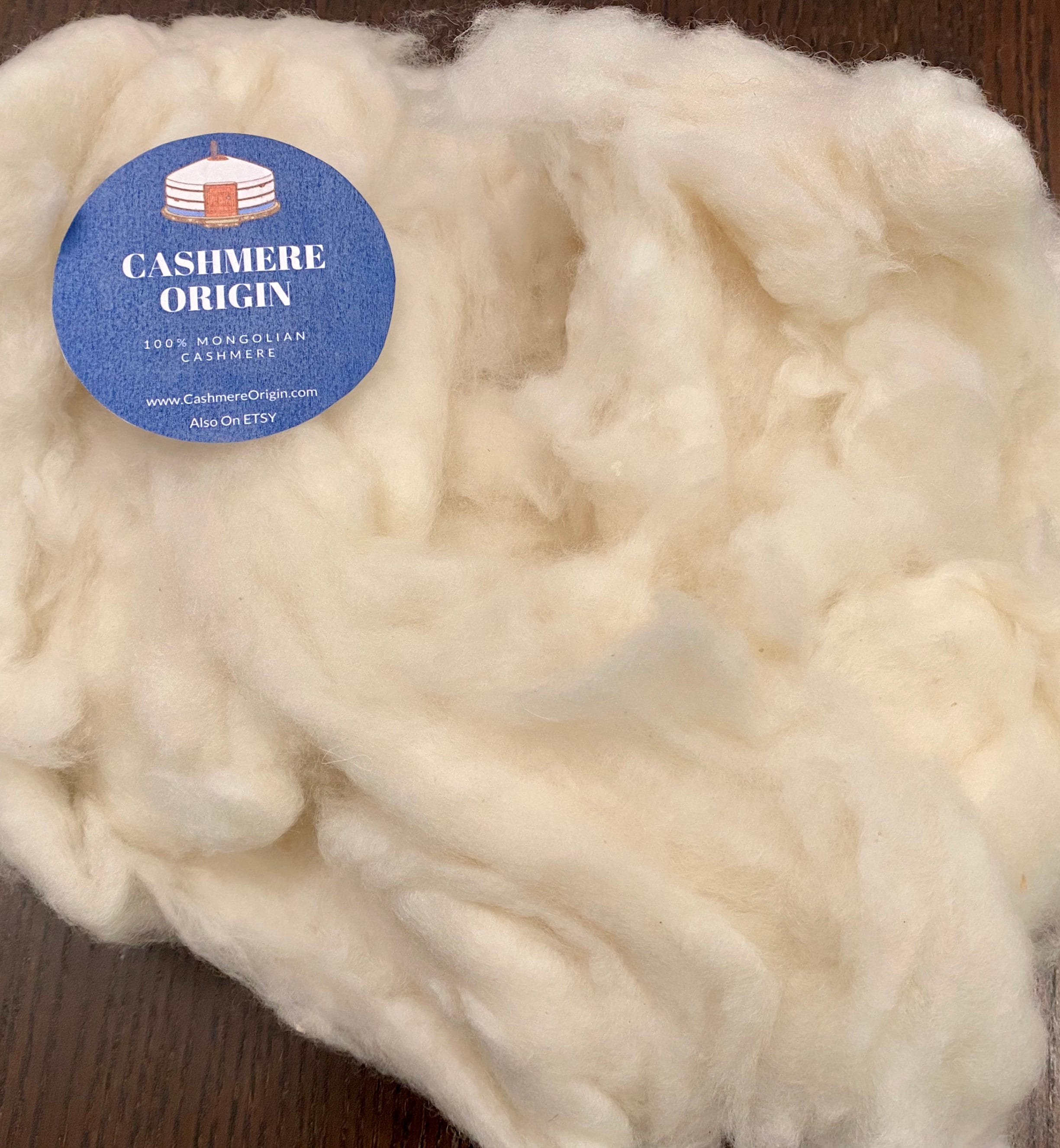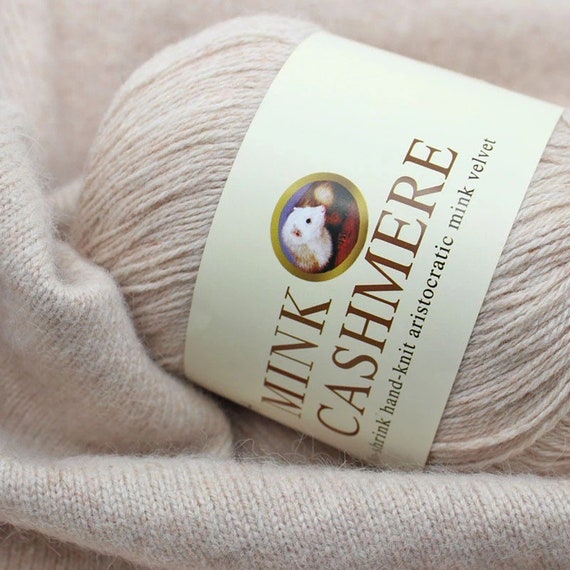Is Cashmere a Natural Fiber? Exploring Its Natural Origins and Uses
Is Cashmere a Natural Fiber? Exploring Its Natural Origins and Uses
Blog Article
Reasons You Should Need Cashmere a Natural Fiber for Convenience and Style in Everyday Wear
In the realm of textiles, few fibers measure up to the luxury and comfort of cashmere. Exactly how can one best use cashmere to boost their style? These appealing questions lay the foundation for an informing expedition right into the world of cashmere. cashmere fibre.
Recognizing the Elegant Nature of Cashmere

Assessing the Comfort Element of Cashmere Clothes
What top qualities highlight the comfort aspect of cashmere garments? The softness of cashmere is the initial high quality to consider. Its luxurious texture makes it seem like a 2nd skin, giving heat without the weight or itching linked with other woollen items. Furthermore, cashmere's distinct fiber framework enables breathability, regulating temperature and stopping overheating. The product's flexibility and resilience guarantee that it mold and mildews against the body easily, preserving its shape with time. Cashmere's hypoallergenic residential properties also add to its comfort, making it an excellent choice for sensitive skin. Last but not least, the ability to layer cashmere pieces without thickness enhances the convenience factor. Essentially, the convenience of cashmere is stemmed from its gentleness, breathability, toughness, hypoallergenic nature, and flexibility.

The Environmental Effect and Sustainability of Cashmere
While the convenience and elegance of cashmere are definitely attractive, it's just as essential to consider its relationship with the setting. Cashmere manufacturing, mainly in Mongolia and China, involves raising cashmere goats, which can dramatically strain fragile grassland environments because of overgrazing. This can cause desertification, a pressing environmental problem. In addition, the processing of cashmere, including cleaning and coloring, can likewise add to water pollution if not appropriately taken care of. Efforts are being made to develop sustainable cashmere production approaches, such as rotational grazing and cleaner processing techniques. Hence, while cashmere has ecological impacts, its sustainability mostly depends upon production practices.
Contrasting Cashmere to Artificial Fibers: A Cost-Benefit Evaluation
Regardless of its ecological difficulties, cashmere provides an one-of-a-kind collection of benefits over artificial fibers. On the price side, cashmere is without a doubt extra costly because of its labor-intensive production procedure. Yet, the benefits make it worth the financial investment. Cashmere's natural fibers supply unmatched gentleness and warmth, translating into convenience that artificial fibers struggle to match. Cashmere items are highly reference long lasting, promising longevity that offsets initial prices over time. Unlike synthetic fibers, cashmere does not contribute to microplastic contamination, making it a more sustainable selection. On the other hand, artificial fibers, while less costly upfront, supply less comfort, have shorter lifespans and position ecological issues. Thus, when evaluating cost-benefit, cashmere's remarkable top qualities make it a worthwhile financial investment for day-to-day wear.
Styling Tips With Cashmere for Everyday Sophistication
Having actually considered the cost-benefit evaluation of cashmere compared to synthetic fibers, it comes to be clear why this elegant product is a popular selection for many. When styling cashmere for daily sophistication, simplicity is vital. A cashmere sweatshirt, for example, can be coupled with tailored pants or a smooth skirt for a chic, put-together appearance - cashmere fibre. For a much more informal set, a cashmere cardigan worn site over a basic t-shirt and jeans shows easy style. Devices can better raise the appearance: a statement necklace or scarf can include a pop of shade to a neutral cashmere piece. Ultimately, the fundamental beauty of cashmere makes it a flexible enhancement to any closet, easily improving daily clothing with a touch of high-end.

Conclusion
In recap, the impressive buildings of cashmere make it a useful addition to any closet. Its elegant feel, convenience, breathability, and versatility to differing temperatures are unparalleled. Furthermore, cashmere's sustainability and reduced environmental influence contrasted to artificial fibers better boost its allure. The ageless beauty of cashmere, combined with its convenience, adds refinement to daily wear. Spending in cashmere garments is a rewarding choice for convenience, sustainability, and design.

Report this page